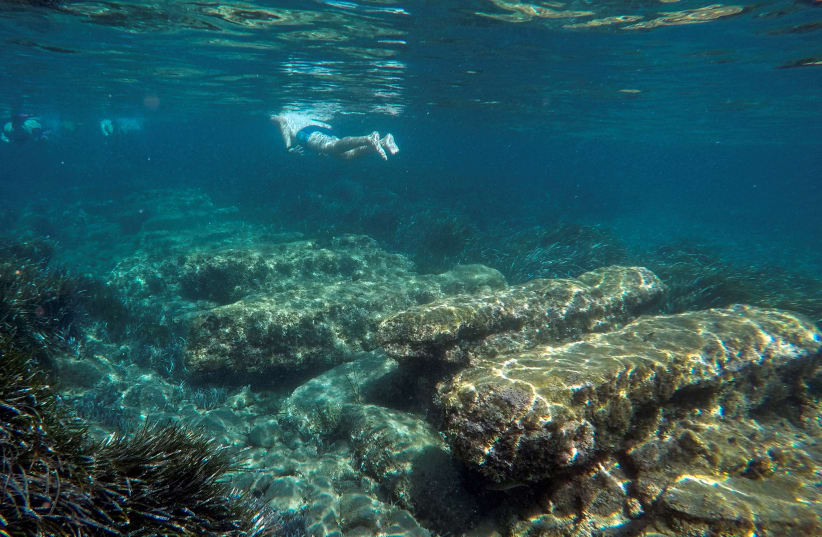More than 2,000 years after sinking, a Roman ship has been found off the coast of Croatia. The vessel was found two meters deep, covered in the sand near the vacation town of Sukošan.
Archaeologists in the Zadar River region say the ship dates back to the first century. The ship itself was around three meters wide with more of its depth still being discovered. It had suffered some shipworms, a marine-based mollusk that breaks through wooden surfaces.
This archaeological discovery, made by the International Centre for Underwater Archaeology, was part of the group's work alongside the German Archaeological Institute and other global leaders in the industry.
When does this ship date back to?
This discovery has taken time to receive an accurate identification. Undersea archaeologists identified pieces of wood and coins dating back to the reign of Emperor Constantine.


This was no small discovery. After finding these pieces under the sea, specialists launched a full underwater survey, uncovering secrets from the ancient Roman port city of Barbir. New information about the ancient Roman society can now be uncovered that we did not know we were missing.
The ship is believed to have been built around the same time as the port of Barbir.
The large majority of the ship's outer frame has remained intact aside from shipworm damage, so shipbuilders from that period can rest easy knowing their work has remained sturdy enough to last the test of time.
Archaeologists made this vital discovery after six years of exploring the ground below the surface of the Zadar River.
Some bits of the ship were sent off to a lab in France for testing, which will helpfully assist experts in answering some longstanding questions on the ancient world.
Until archaeologists are ready to further diver into their discovery, the vessel will be preserved under layers of sand and even stone. Preservation efforts are expected to last through the year. The team plans to return in 2023 to fully expose the rest of the seafaring vehicle.
This discovery uncovered new information about ancient trade routes more than two thousand years later. Traders with these ships were expected to have traveled as far as North Africa from modern-day Greece, Turkey, and Italy.
Scuba diving archaeologists found this ancient vessel nearly five feet deep under the seabed surface. Hopefully, this full-submersion won't prove to be too difficult in the future for uncovering even more of this ancient means of transportation.
